1002 Saving west coast Modernism
Modern in the Making: Post-War Craft and Design in British Columbia
by Daina Augaitis, Allan Collier, & Stephanie Rebick (editors)
Vancouver: Figure 1 Publishing and Vancouver Art Gallery, 2020
$40.00 / 9781773271224
Reviewed by Martin Segger
*
 This substantial, fact-packed volume doubles as a reference authority and as an exhibition catalogue; the subject enthusiast must navigate four heavily-illustrated essays and a set of biographical entries. Unfortunately, it has no index and it seems the footnotes are formatted to defy the near-sighted and typographically challenged.
This substantial, fact-packed volume doubles as a reference authority and as an exhibition catalogue; the subject enthusiast must navigate four heavily-illustrated essays and a set of biographical entries. Unfortunately, it has no index and it seems the footnotes are formatted to defy the near-sighted and typographically challenged.
That being said, for the reader who manages to put aside this frustration, a meticulously researched and tightly-organized survey of a renaissance in decorative arts in British Columbia during the 1950s through early seventies awaits. And a close read is rewarding.
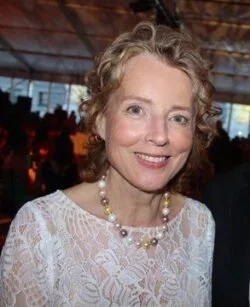
Modern in the Making (and its eponymous exhibition at the Vancouver Art Gallery, July 18-2020-January 3 2021) builds on a recent legacy of exhibitions and publications by curators such as Scott Watson at Morris & Helen Belkin Art Gallery at UBC, Greg Bellerby at Emily Carr University of Art and Design, Alan Collier working with the Art Gallery of Greater Victoria and the Legacy Art Galleries at the University of Victoria, Ian Thom and Allan Elder at the Vancouver Art Gallery, and Darrin Morrison at the Museum of North Vancouver.
Exhibition projects at these institutions have resulted in a number of publications that have pioneered the territory: Ian Thom & Alan Elder, A Modern Life: Art & Design in British Columbia 1945-1960 (Arsenal Pulp Press, 2004); Scott Watson, Thrown: British Columbia’s Apprentices of Bernard Leach and Their Contemporaries (Morris and Helen Belkin Art Gallery, 2011); Allan Collier & Alan Elder, Life with Clay: Pottery and Sculpture by Jan & Helga Grove (Victoria Art Gallery, 2017); Darrin Morrison et al., Design for Living: West Coast Modern Homes Revisited ( West Vancouver Art Museum, 2019).
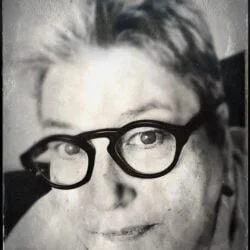
Daina Augaitis, Chief Curator of the Vancouver Art Gallery, provides a brief introductory essay, “Made in Modern Ways.” She quickly sketches the local social and political setting of post-war British Columbia, which welcomed both the ideas and the creative talent for what almost amounts to a cultural revolution in the aesthetics of everyday “modern living.” In short, she shows how a confluence of ideas from Continental Europe (German Bauhaus, Scandinavia (utilitarian design), and Britain (craft industries) clustered in Vancouver and was then popularized in the regional media, or given a cultural imprimatur by institutions such as the Vancouver Art Gallery.
A second brief essay by Dr. Michelle McGeough of Concordia University examines the post-war renewed interest in Northwest Coast cultural production by Indigenous Peoples, particularly in the light of changes in the federal political landscape. Both US and Canadian revisionist cultural policies responded to international pressures, such as the lobbying efforts of the North American Indian Brotherhood, for instance, to remove the potlatch ban, but on a broader scale to rethink century-old assimilationist agendas. A case study in this instance was the totem pole preservation project sponsored by the University of British Columbia and the British Columbia Provincial Museum.
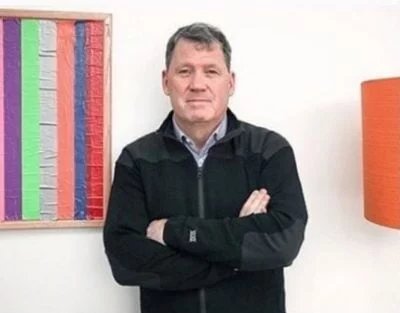
Dr. Michael Prokopow, a professor at the Ontario College of Art Design University, ambitiously titles his contribution “To Have a New World;” or “Contingent Modernisms, Colonialisms and Rethinking the Histories of Design and Culture in British Columbia.” He focuses on the intersection of Indigenous West Coast design and craft production traditions with settler culture. He points out this was heavily influenced by the European industrial design revolution of early twentieth century Europe as channeled through the hands of post-war European emigres to North America. (One particularly amazing feat was the literal take-over of the American architecture schools by the ex-Bauhaus faculty: Walter Gropius, Ludwig Mies van der Rohe, and others).
And again, the role of museums in exhibitions (the 1949 Design for Living exhibition at the VAG, or publications such as Western Homes and Living) re-filtered design modernism in the hands of designer/craft practitioners such as architect B.C. Binning, and crafters like potter Hilda Ross or weaver Esme Davis.
The core of “Modern in the Making,” the actual exhibition catalogue, is contributed by Allan Collier with the assistance of curators Jenn Jackson and Stephanie Rebick. The 125+ generously illustrated pages constitute a sort of archaeology of recent research in the subject, unearthing new personalities, revealing previously unknown facets of old names — in a sense creating a new reference canon for creativity in British Columbia’s design history for this era.
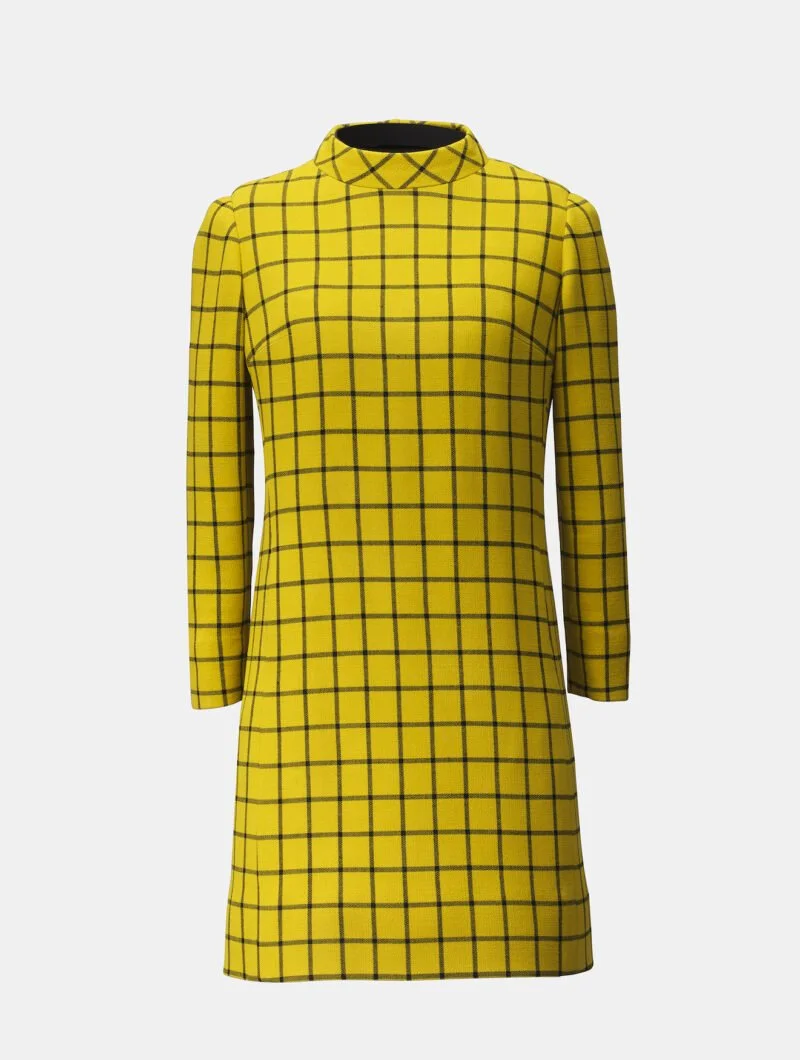
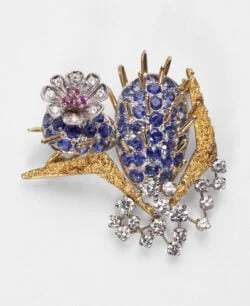
Collier provides a concise overview of the global influences and local conditions, as well as an introduction to the cast of personalities that constituted the setting for the take up of Modernist design practice and production in the Province. His brief history begins with post-war reconstruction in the late 1940s taking us through the 1950s to the mid-seventies, with sections on furniture production, craft pottery, jewellery and fashion. Familiar names populate the landscape: designers Peter Cotton, Earle Morrison, and Robin Bush; fashion (the Cowichan Sweater without crafter attribution); potters Jan and Helga Grove, Thomas Kakinuma, and Stanley Clark; jewellers Toni Cavelti, Bill Reid, and Robert Davidson; and architects-turned-designers, Fred Hollingsworth and Ron Thom. Lesser known “finds,” substantiated by eye popping illustrations, include fashion designer Lore Marie Wiener and Mary Chan, jeweller Karl Stittgen, potters Herta Gerz, Santo Mignosa, and Zoltan Kiss, and weavers Mary Peters and Joanna Staniszkis. Many featured pieces are from Collier’s own collection. Each of these artists deserves an exhibition on their own.
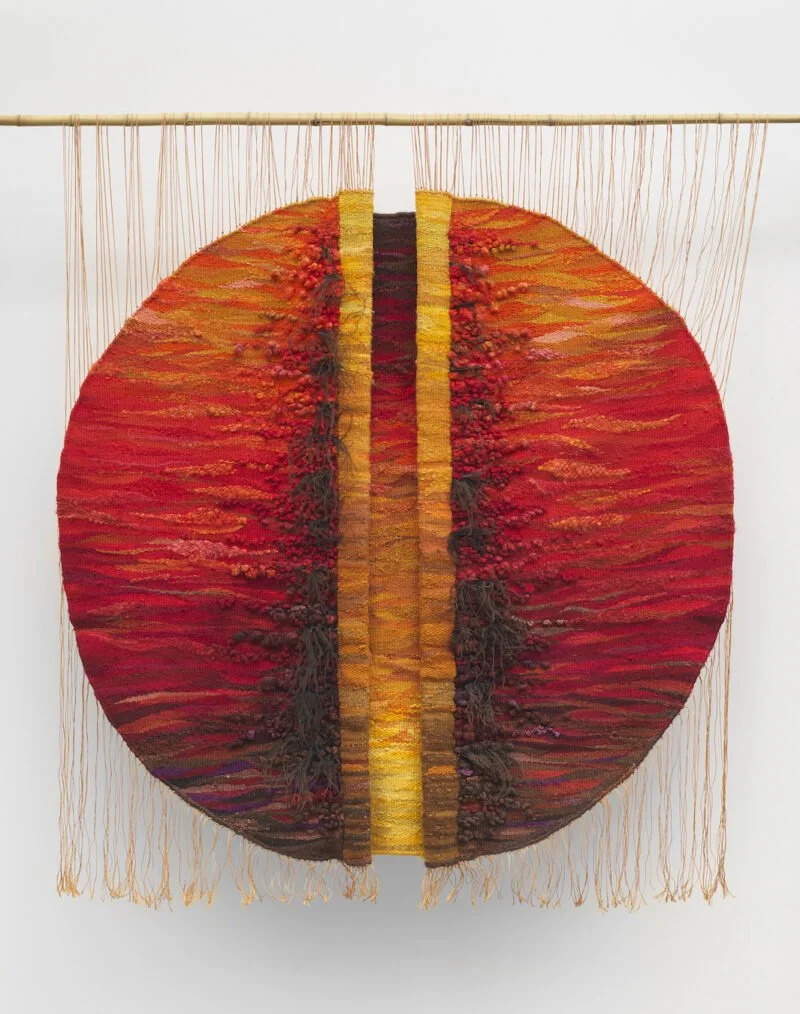
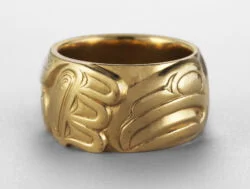
Collier and his crew weave a fascinating narrative around this stable of design personalities, tracing the success and sometimes failure of their careers as they faced the brutal realism of the market place, the tides of taste and critical reception, and the trajectories of supporting institutions such the UBC Extension Department, the Vancouver School of Art, the Island Weavers, and the BC Potters Guild.
Moderns were not above mining the rich vein of Northwest Coast Indigenous art for decorative imagery. Ruth Meechan produced an entire line of ceramics utilizing stylized Haida and Tlingit motifs; Herta Gerz made miniature totem poles. Both were catering to mass popular markets.
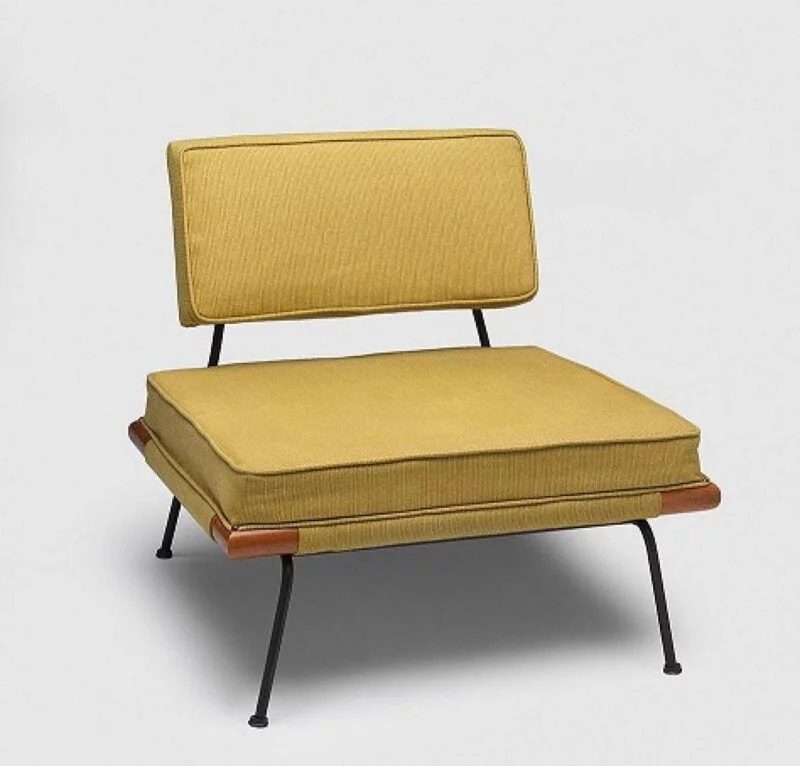
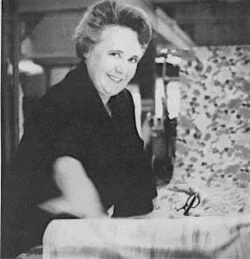
A particularly interesting if somewhat elusive personality is Marjorie Hamilton who, with her husband, was making lingerie in 1945. By 1952 she had established Marjorie Hamilton Limited in Vancouver with 32 employees and a payroll of $50,000. She became a major Canadian fashion exporter and by 1964, with over 100 employees, had moved into affordable casual wear. A similar story unfolds for housewife-dressmaker Rosemary Reid, who in 1938 founded Reid’s Holiday Togs (swimwear), which after the war morphed into an international group with factories in California, Montreal, New Zealand, and Brazil. Another exhibition required, and another book!
The catalogue concludes with merging of craft and fine art in the 1970s as artists such as Gathie Falk, Glen Lewis, and Evelyn Roth adapt craft to the production of installation and performance art. But for the crafter as artist, it spelled the end of a golden era.
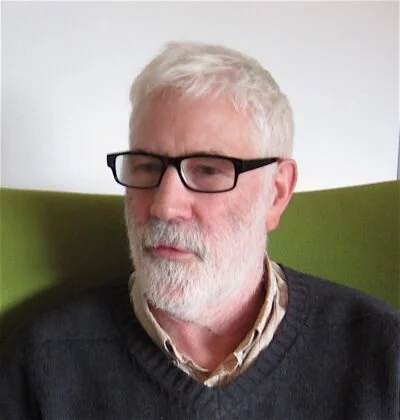
The end piece is a collection of one hundred biographical sketches compiled by Collier with the help of Siobhan McCracken Nixon, literarily an A-Z of the West Coast craft industry in the three decades following the Second World (i.e., from potter Barbara Baanders to jeweller Willy van Yperen, if you want to know!). Noting the significant exhibitions and publications in which the entrants appeared, the “sketches” provide a biographical dictionary to the period and certainly the inspiration for further investigation, even special studies or exhibitions.
There are some misses: European-trained Manfred Rupp, who almost single-handedly founded the now thriving Denman Island studio pottery culture; or the illusive but highly creative Victoria decorative arts designer and producer, Alan Edwards, whose work as interior designer for Hilton Hotels supported or launched numerous design and artistic careers on the West Coast.

Modern in the Making brackets a particularly creative period in the design history of British Columbia, brackets which contain the Modernist aesthetic in craft practice and industrial production. Each author addresses in some detail the circumstances that prompted the rush of creativity in the early post-war years; but they are less forthcoming on what could be viewed as the end bracket itself.
Augaitis, ever the serious museologist, notes the transition of the products from items of daily use to collectibles, and thus ultimately their musealization today. She calls for the establishment of a dedicated British Columbia design museum to handle the volume of artefacts now passing into public ownership. Prof. McGeough sees a bifurcation in First Nations’ production complicated by an “appropriation” industry of mass-produced curios and souvenirs on the one hand, and the high-art (and high priced) bespoke work of the master-carvers and jewellers on the other. Prokopow dismisses the interest of the Modernists in Indigenous arts as mere, and perhaps passing, “cultural paternalism.” Collier sees the local industrial design community overwhelmed by the outsourcing of modern industrial economy and craft production itself appropriated by new media fine arts.
The bigger picture, unstated, but now increasingly obvious, is the general failure of the Modernist agenda. Prof. Prokopow, in a more philosophical vein, attempts to recast the very telling of the modern local design story as yet another colonial narrative wherein the privileged settler perspective calls for a heroic adventure of wilderness transformation and social (or in this case aesthetic) improvement. He suggests that a serious consideration of, for instance, the Haida cosmological world view, “Everything depends on everything else,” would provide a healthier and more wholistic appreciation of such histories, and so more honestly face the destructive as well as the creative results of the complicated agencies that would then unfold.
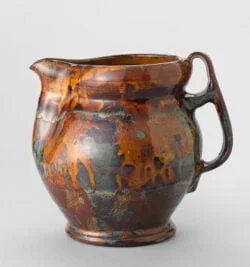
Interestingly, however, this is only the tip of the iceberg of the colonial mission for Modernism. The very roots of the Modernist aesthetic were flawed at the outset in seeking to impose a global solution on the dilemma of the fissiparous human condition. Scientific Rationalism, the main product of the European enlightenment, as refocused in the fin-de-siècle salons of the Viennese intelligentsia, posited the ideal of a sort of new universal superman. This was to be achieved by a retooling of thinking in traditional theoretical systems: philosophy (Empiricism or Logical Positivism), psychology (Freudian or Jungian), economics (Keynesian or Chicago School capitalism), and organizational internationalisms: governance (Third International or the League of Nations), organizational (Marxism or multi-national corporate), commodities (mass production), a common language (Esperanto to solve the problem of English with its own nation-specific cultural baggage), etc.
Unscientific academic bias-flawed disciplines such as history and theology were to be replaced by scientific specializations: sociology, political science, anthropology, economics, etc. The details are a work-in-progress.
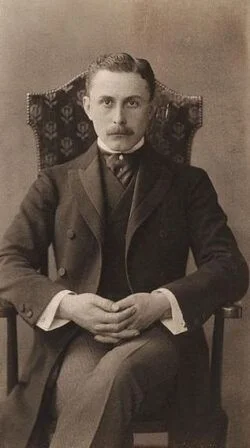
Universal super-man would be purged of identities such as race, colour, creed, language — even geography — as houses, towns, and cities would look the same world-wide (the International Style). Le Corbusier would house the congregate masses in “machines for living.”
Net result: universal peace and harmony.
The formula for a universal culture to support this new world order lay in the search of an equally universal aesthetic language, ultimately found in Abstract Expressionism. The logical argument for this in the design arts was laid out in the now famous manifesto, Ornament & Crime, by the Viennese architect and propagandist Adolph Loos (1870-1933). One often-quoted line in Loos’ argument for reducing architecture to pure form was his observation that only “primitive” tribes — humanity arrested at an early stage of development — continued to sport tattoos.
Abstract expressionism has its own trajectory of ultimate marginalization to a plutocratic elite, although abstract building design would have a second life as the “Late Capitalist Style,” evident worldwide in the hegemonic reach of the ubiquitous glazed towers of the multi-national corporation, this being perhaps the most tenacious survivor of the Modernist project. Unsaid, but obvious, the whole enterprise was laced with white European exceptionalism, if not outright racism.

In this context the flowering (and wilting) of West Coast Modernism can be seen as a micro-level endgame for Modernism as both a system of beliefs and operational practicalities. As observed today the populist push-back against Scientific Rationalism, the underpinning religion of Modernism, is evident in the counter-balancing rise of environmentalism and the human rights movement. Distinct societies — whether national, linguistic, gendered, or ethnic, and in the case of Indigenous people, all of these — seek re-empowerment. Corbusian city planning comes under attack from the local heritage conservationists. German workers reject their concrete cubist housing modules. Even the iconic West Coast Modern house fails to gain a market beyond a wealthy aesthetic elite. Italian immigrants prefer white stucco pantiled-roof villas and build them en-masse across the breadth of East Vancouver. Ontario migrants buy staid hip-roofed bungalows and gabled cottages. Modern design is associated with uncomfortable chairs, and craft with cups you can’t drink out of. Airplanes might require a single design formula the world over but houses, neighbourhoods, sweaters, and tea-wares demand a myriad of personalized cultural expressions.

The mass markets were quick to respond and accommodate. Historicism roars back to life and applied ornament re-emerges as the mediator between the harsh realities of the engineered landscape and the sensibilities of human touch. A modernist aesthetic vein remains evident in an elite niche market, at the popular level consigned to cheap DYI furniture.
In reality, Modernist design is now an oddity, a collectible, consigned to the museum — the subject of exhibitions and yes, monograph catalogues.
*
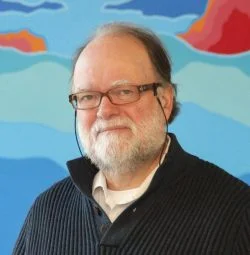
Martin Segger is a museologist and art historian whose career has included academic and administrative posts at the Royal British Columbia Museum and the University of Victoria. He has taught museum studies and art history at the University of Victoria since 1973. Author of numerous publications on the architectural history of BC, including (with Douglas Franklin) the path-breaking Victoria: A Primer for Regional History in Architecture 1843-1929 (1979), he also enjoyed a long career as a gallery curator focusing on BC historic and decorative arts. His most recent publication, concerning the Modernist architectural heritage of Victoria (1935-1975), Conservation Guidelines for Modernist Architecture in the Victoria Region (2020), is available in a free on-line digital version. Martin currently serves as honorary art curator for the Union Club of British Columbia and for Government House, Victoria. Editor’s note: Martin Segger has reviewed books by Leslie Van Duzer, Richard Cavell, Sherry McKay, Robert Ratcliffe Taylor, Darrin Morrison & Co., Greg Bellerby, Anne Whitelaw, Rhodri Windsor Liscombe & Michelangelo Sabatino, and Glen Mofford for The Ormsby Review.
*
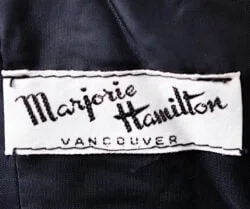
The Ormsby Review. More Books. More Reviews. More Often.
Publisher and Editor: Richard Mackie
The Ormsby Review is a journal service for in-depth coverage of B.C. books and authors. The Advisory Board consists of Jean Barman, Robin Fisher, Cole Harris, Wade Davis, Hugh Johnston, Patricia Roy, David Stouck, and Graeme Wynn. Scholarly Patron: SFU Graduate Liberal Studies. Honorary Patron: Yosef Wosk. Provincial Government Patron since September 2018: Creative BC
“Only connect.” – E.M. Forster
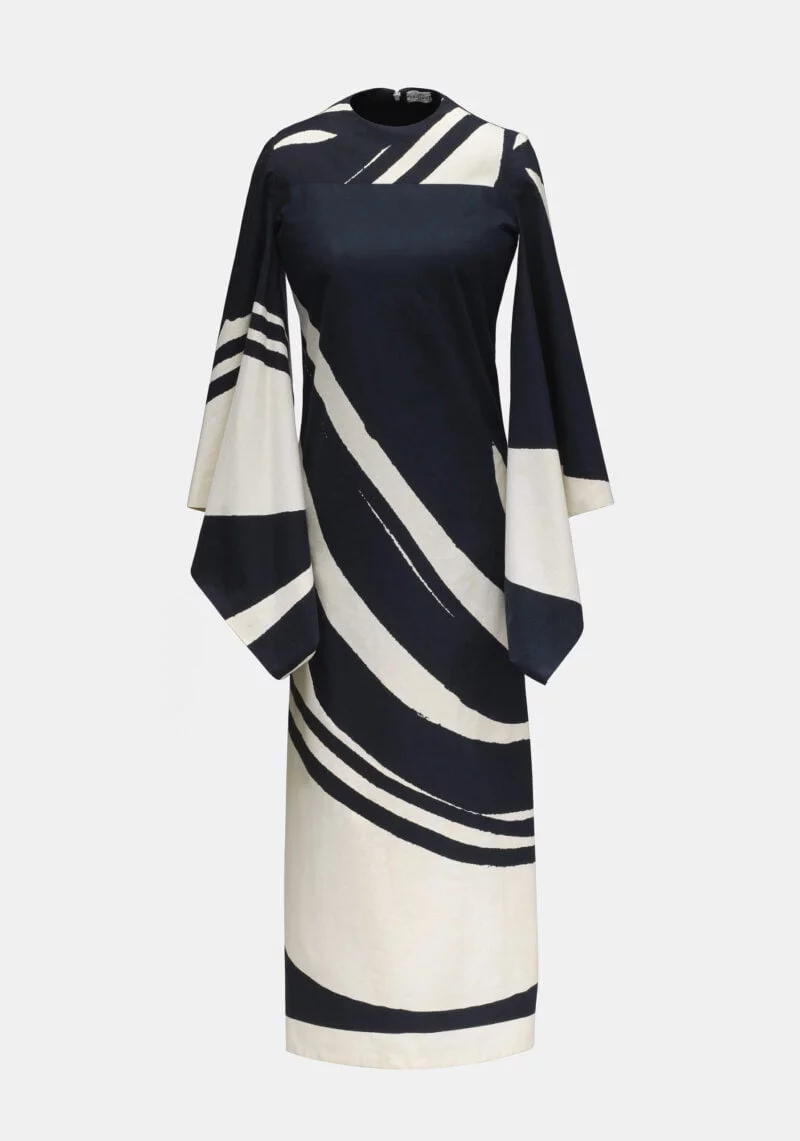































One comment on “1002 Saving west coast Modernism”